|
Family Agavaceae In the group of monocots (whose seeds contain only one embryonic leaf), this family contains the well-known plants of dry zones such as the agaves and yuccas. There are about 23 genera and around 640 species located in subtropical and warm temperate areas worldwide. They often occur as succulents, meaning the plant parts are thick and fleshy from water retention. Cacti are good examples of succulent plants. Typical of monocots, the leaf veins are parallel. Some botanists refer to the “true” agaves as those plants that die when they bloom, for example, the century plant. The agaves on Wafer Creek Ranch, eastern agave and yucca, are annually blooming perennials. Eastern Agave, Manfreda virginica is a perennial forb member of the monocot group whose range is the southern Midwest and eastern United States. The plants have long lance-like leaves that form a rosette from which there is a flower stalk that grows to 5 to 6 feet tall with small tubular flowers at the end of the stalk, later forming a green globe- shaped seed capsule. Pollination is mostly nocturnal by moths and to a lesser degree by bees and hummingbirds in the day time. The plants favor well drained upland woodland habitats with partial shade. Eastern agave: Manfreda virginica Eastern Agave. The top of the stalk demonstrates one to several three-celled seed capsules as shown here. Yucca (Beargrass), Yucca louisianensis and Y. filimentosa. Both of these species occur in Lincoln Parish and I can’t tell them apart. They are perennial, rhizomatous plants and members of the monocots. Yucca louisianensis has a range restricted in the United States to Louisiana, Texas, Oklahoma and Arkansas, whereas Yucca filimentosa’s range encompasses the Midwest and eastern United States. The plants grow tall, up to eight feet (the flower clusters alone may reach a length up to three feet). Moths, such as the yucca moth, are yucca pollinators and use yucca flowers (other than those pollenated) for their host by depositing eggs on the flower where the moth caterpillars can eventually eat the seed, their food source. Hummingbirds also gather nectar from the flowers. The plants prefer dry sites and full sun but are somewhat partially shade tolerant. Yucca in bloom on Wafer Creek Ranch Family Commelinaceae: The Dayflower Family The Dayflower Family, another member of the monocot group, is large having about 731 known species and 41 genera. The family is most diverse in both Old World and New World tropics. The flowers of this family lack nectar but insects both pollinate the plant and eat the pollen. Virginia Spiderwort, Tradescantia virginiana is a perennial forb and a shade tolerant species that can also tolerate more lengthy periods of sunlight if the ground is moist. Individual flowers on a plant last for one day only, but blooming is staggered during the day so that the plant still has blooms as its flowers die. The flowers attract bees, butterflies and other insects, however, no nectar awaits them (but they can still gather pollen for food). Deer and rabbits graze the leaves. Virginia spiderwort’s range in North America is the southern Midwest and eastern United States. Virginia Spiderwort: Tradescantia virginiana
0 Comments
Leave a Reply. |
Johnny Armstrong, Author
#Biodiversity advocate. Ecosystem Restorationist. Steward of an old-growth forest and woodland in northern Louisiana. #ForestFolkMatter #ScienceMatters Rescuing Biodiversity (publishing in June 2023) tells the story of Johnny's attempts at Wafer Creek Ranch to preserve a vanishing Louisiana ecosystem and restore the animal and plant species that once lived there.
“An avowed student of life and restoration ecology, Johnny Armstrong expertly teaches us how to restore an imperiled southern ecosystem based on deep research, firsthand experience, and delighted observation of the species that return to his beloved Wafer Creek Ranch. Driving his devotion is the alarming truth that loss of biodiversity poses a threat on par with climate change and his impassioned belief that society can alter that trajectory, one acre at a time.”
Cindy Brown, Executive Director Land Trust for Louisiana “Up there on your bookshelf between Tolkien and Watership Down is where this book belongs. As an anthropomorphic adventure that winds through the realm of animals possessing courage, savagery, perseverance, and ultimately wisdom in the face of mounting evil threats – humans disconnected from the natural world – the tale is relevant, if not necessary.”
Kelby Ouchley, Author Bayou Diversity: Nature & People in the Louisiana Bayou Country Find an Indie Bookstore
Archives
September 2023
Categories |
CONNECT WITH JOHNNY & THE FOREST-FOLK
JOIN US AT THESE SOCIAL NETWORKS
Shadowshine, An Animal Adventure
by Johnny Armstrong ISBN-10: 1771834609 ISBN-13: 978-1771834605 #ForestFolkMatter #BookstoRead #Fiction #Literature #LiteraryFiction #AnimalFiction |
|
Official Site of Shadowshine, An Animal Adventure ©Johnny Armstrong
Website Developed and Managed by Freelance Creative Support Services
Website Developed and Managed by Freelance Creative Support Services
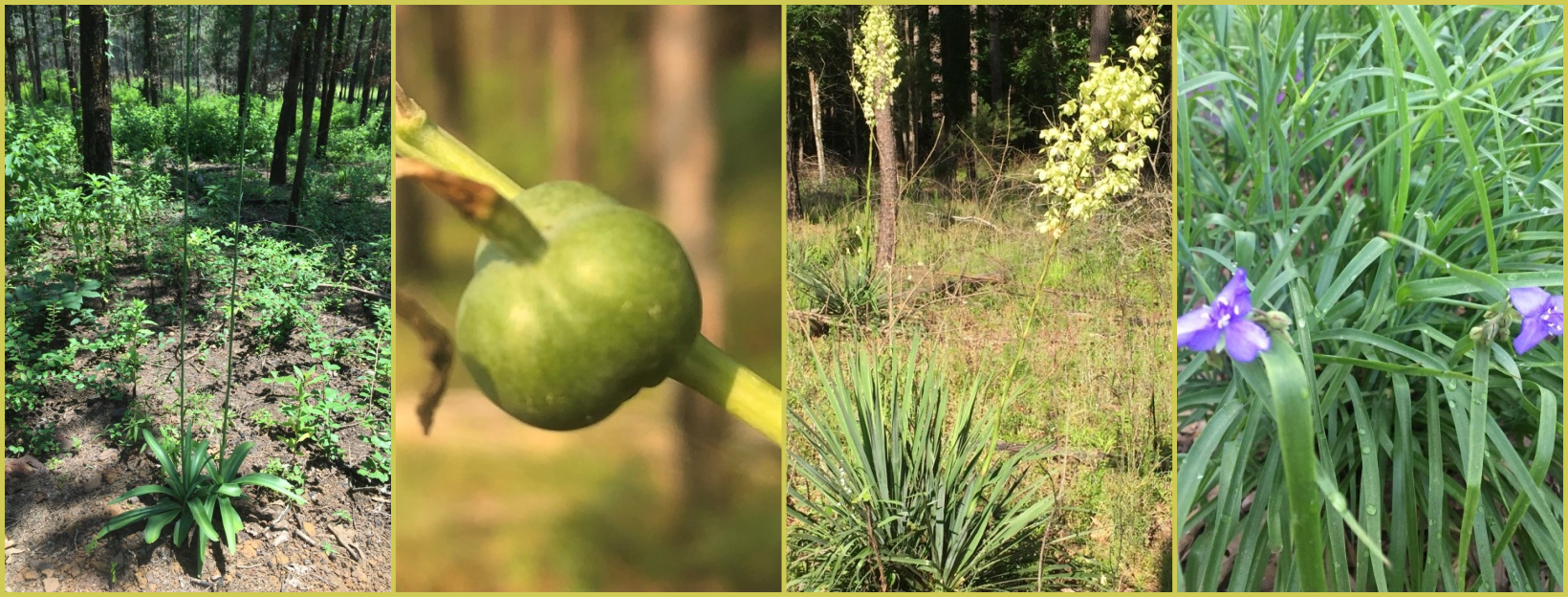
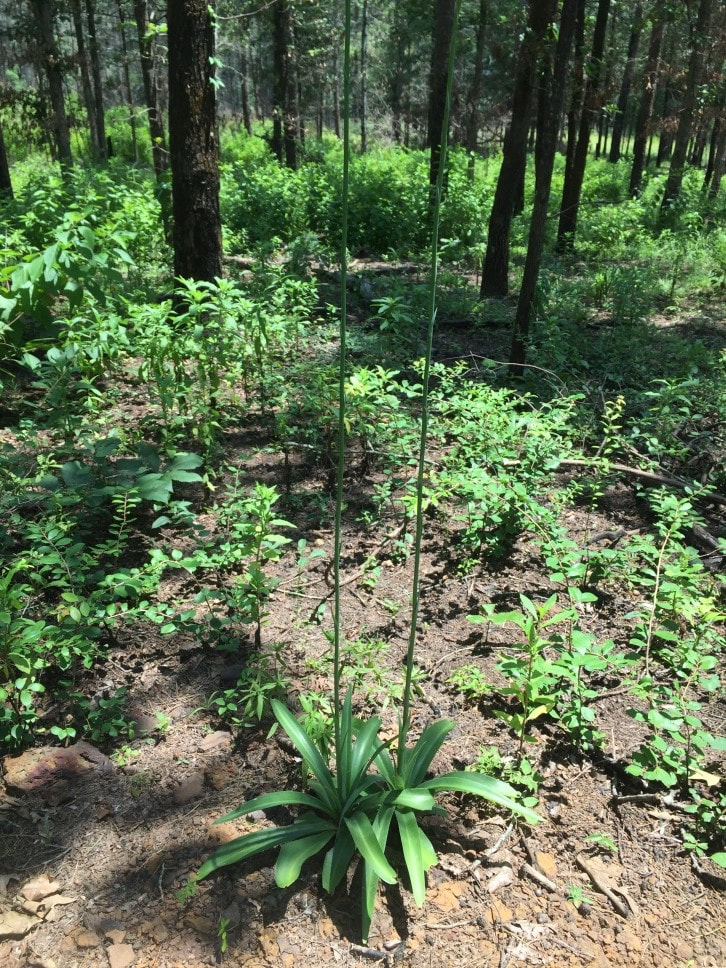
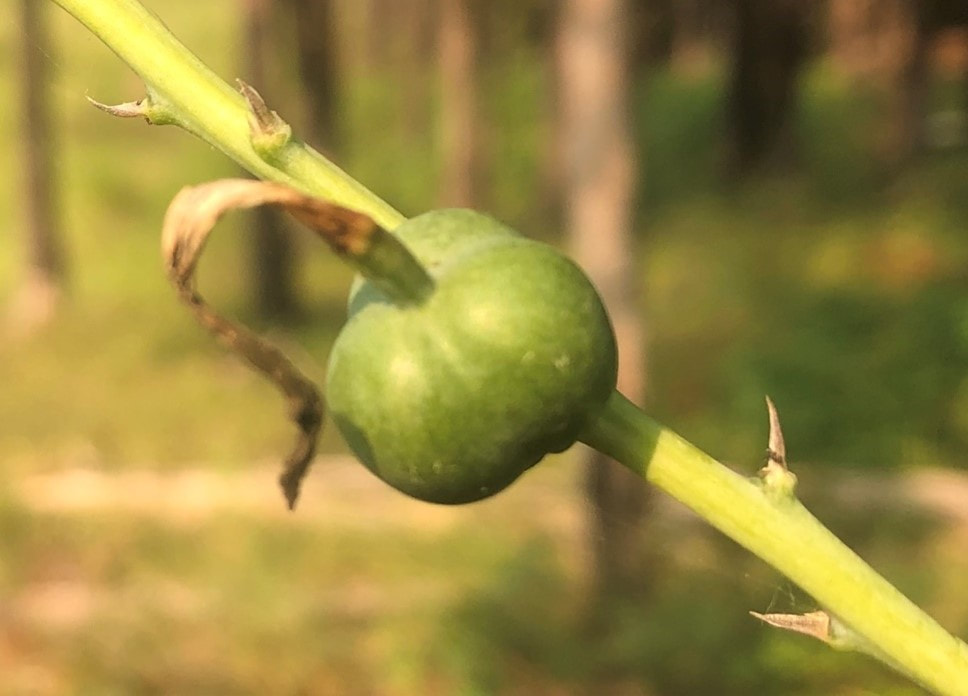
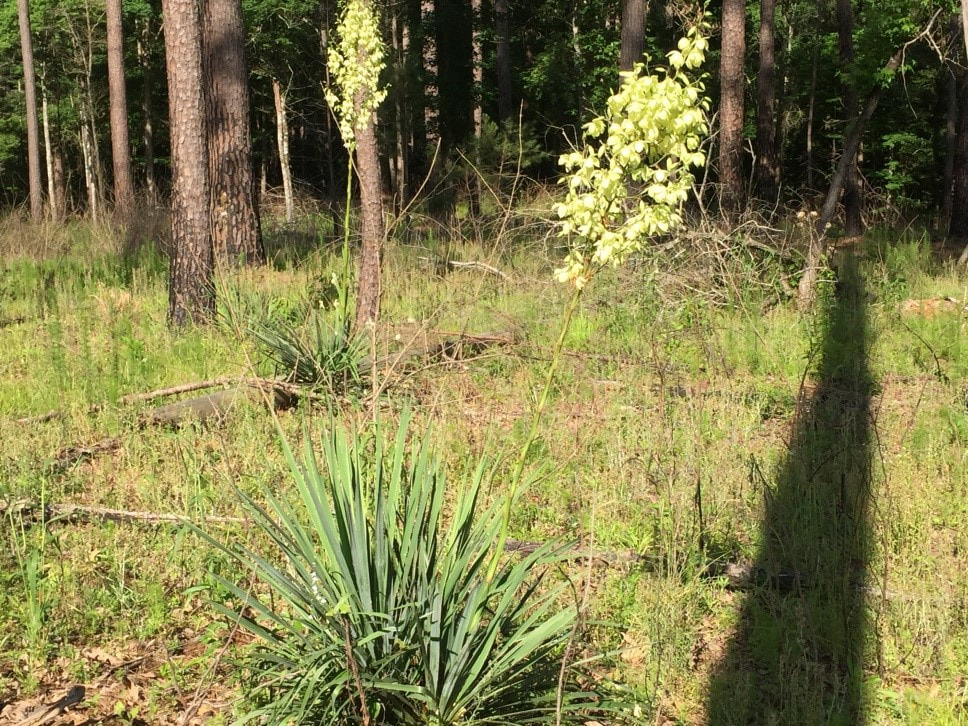
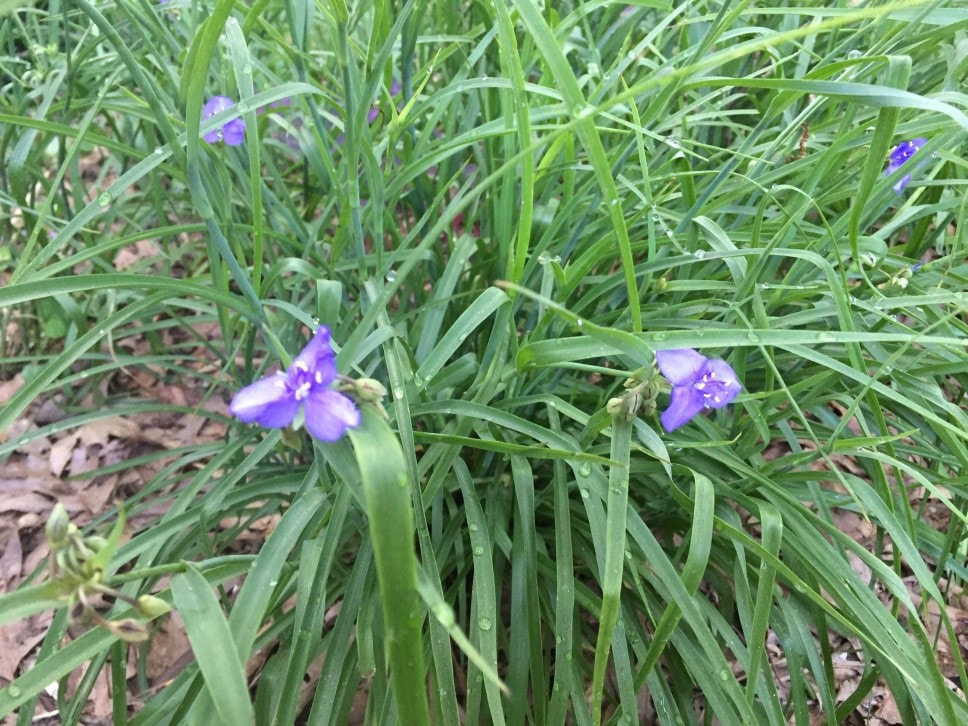

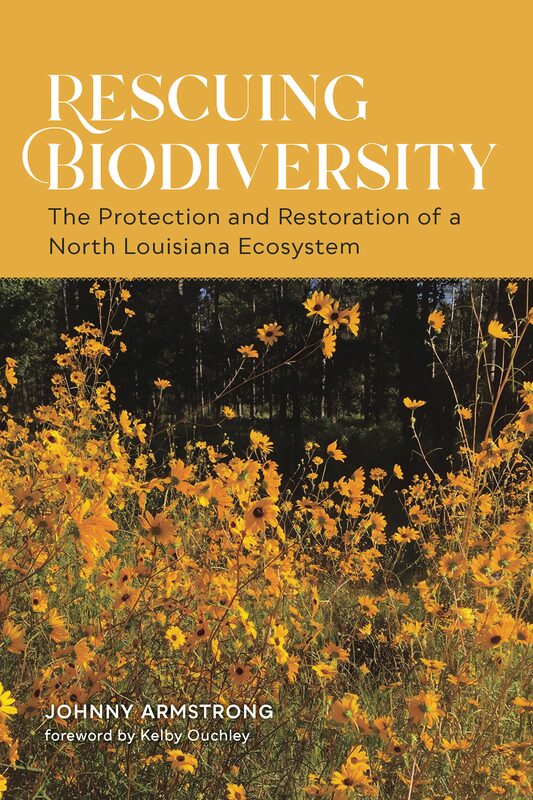
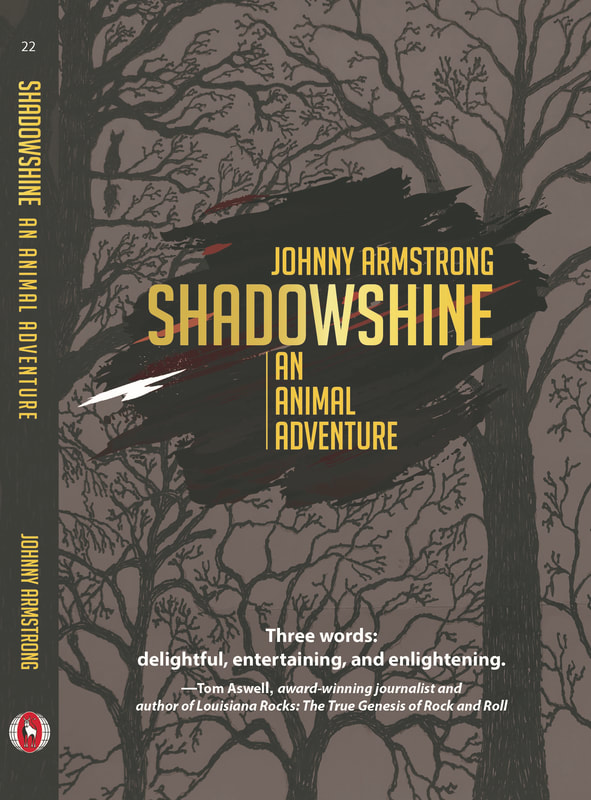

 RSS Feed
RSS Feed
